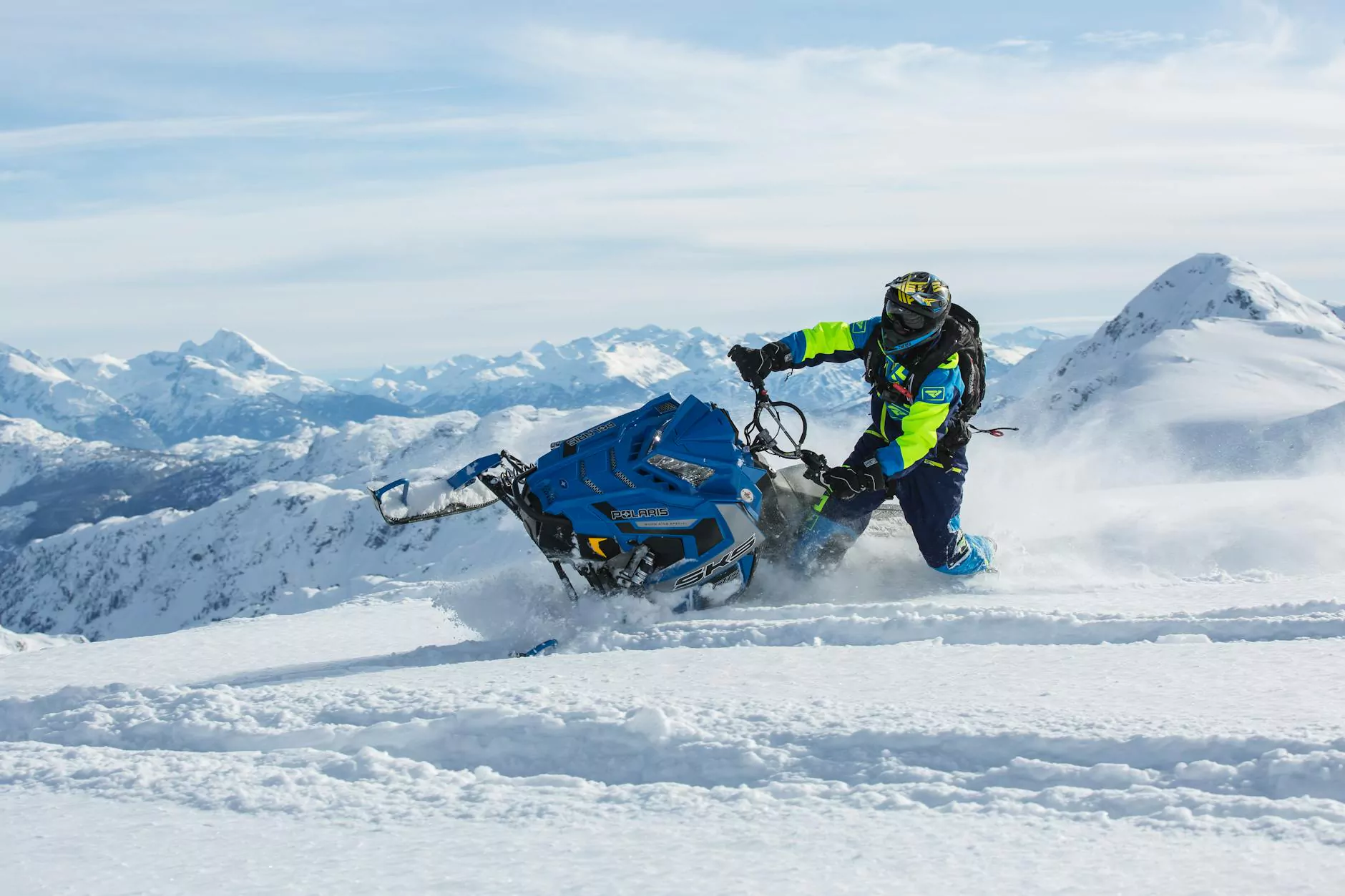Motorcycle Wheelie Dangers

Welcome to the Motorcycle Wheelie Dangers page brought to you by Baytowne Reporting, where we aim to educate and raise awareness about the potential risks and hazards associated with motorcycle wheelies. As experts in law and government, particularly in the legal field, we understand the importance of informing motorcyclists about the dangers they may face on the road.
Understanding Motorcycle Wheelies
A motorcycle wheelie is a maneuver where the front wheel of a motorcycle is lifted off the ground while the rear wheel remains in contact with the road. While wheelies may seem like an exciting and fun stunt, it's crucial to recognize the risks they pose to both the rider and other road users.
The Risks and Dangers
Engaging in motorcycle wheelies can lead to a variety of dangers, including:
- Loss of Control: Performing a wheelie improperly or in an unsuitable location can result in a loss of control, leading to accidents and injuries.
- Increased Stopping Distance: Wheelies shift the weight of the motorcycle towards the rear, reducing the effectiveness of the front brakes and increasing the stopping distance required.
- Reduced Visibility: When performing a wheelie, the rider's field of vision can become restricted, limiting their ability to effectively spot potential hazards ahead, including pedestrians, other vehicles, or obstacles.
- Distraction: The concentration required to balance the motorcycle during a wheelie can divert a rider's attention from other critical factors on the road, such as traffic signals or sudden changes in traffic patterns.
- Legal Consequences: In many jurisdictions, performing wheelies on public roads is illegal and can result in fines, license suspension, or even arrest.
Preventing Motorcycle Wheelie Accidents
While some skilled riders may be able to successfully execute controlled wheelies, it is crucial to prioritize safety and abide by the law. Here are some essential tips to help prevent motorcycle wheelie accidents:
1. Education and Training
Ensure you have proper training and experience in motorcycle riding. Take part in courses that provide instruction on safe riding techniques, including understanding the potential dangers of wheelies and how to avoid them.
2. Follow the Law
Understand and comply with local traffic laws and regulations. Performing wheelies on public roads where it is prohibited not only endangers yourself but others around you.
3. Use Protective Gear
Always wear appropriate safety gear, including a helmet, gloves, protective clothing, and sturdy footwear. In case of an accident, proper gear can significantly reduce the risk and severity of injuries.
4. Maintain Your Motorcycle
Regularly inspect and maintain your motorcycle to ensure it is in good working condition. Proper tire pressure, functional brakes, and adequate suspension are essential for safe riding, especially when avoiding or recovering from potential wheelie-related incidents.
5. Exercise Caution and Judgement
Exercise caution and sound judgement on the road. Always assess the conditions and surroundings before attempting any maneuver, and avoid engaging in wheelies in high-traffic areas, wet or slippery roads, or other situations where the risks are heightened.
Conclusion
As passionate advocates for road safety, Baytowne Reporting urges all motorcyclists to be fully aware of the dangers associated with motorcycle wheelies. By understanding the risks involved, adhering to traffic laws, and implementing safe riding practices, we can protect ourselves and promote the well-being of all road users. Stay informed, prioritize safety, and enjoy the thrill of motorcycling responsibly!




